I've visited the Musée d'Orsay on every one of my almost a dozen trips to Paris since 1995, and occasionally someone asks me why I go over and over to the same place. My answer, which I think applies to every serious museum, is that it's not at all the same place, and I'm not at all the same visitor.
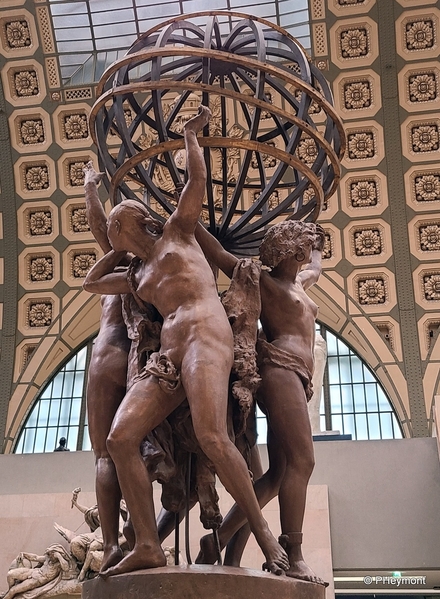
Each time I go, I find differences. Some are because of things I've seen and thought of since the last time, and some is because museums constantly rethink what they are saying and showing.
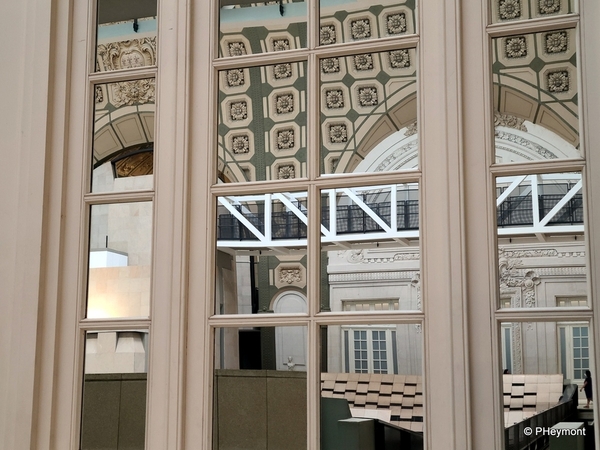
Mirrors and windows near the entrance combine for a puzzling image, but not too much for George G to solve our one-clue mystery from a cropped version
For example, the Musée d'Orsay, is France's national museum of 19th-century art, not just Impressionists as some guidebooks say. It covers not only the Impressionists, but Realists like Courbet, and the academic schools that the Impressionists revolted against, as well as the movements that built on their work at the end of the 19th century.
There's a lot of room for interpretation and re-interpretation there. The museum mounts special exhibitions; often the research that goes into them leads to new thinking about what's already hanging. New connections, new evaluations.
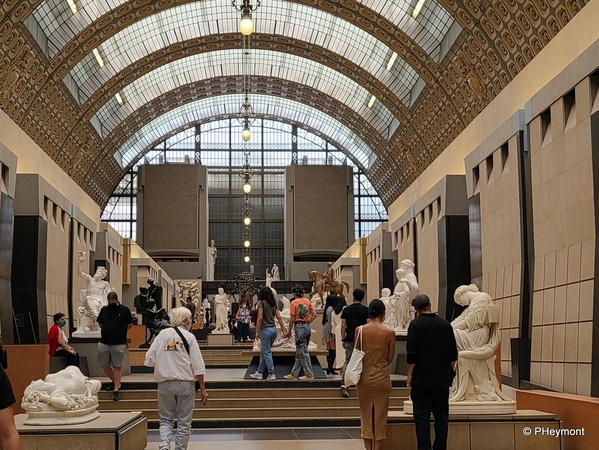
On the main floor, sculpture both marble and living...
Perhaps that's why the museum's fifth floor, previously largely reserved for Impressionism, now has a room devoted to Neo-Impressionist work by painters such as Seurat, Paul Signac and Maximilien Luce, some of it very powerful, keeping many Impressionist values, but declaring a 'scientific' revolution in color-making, and something of a turn to more political works.
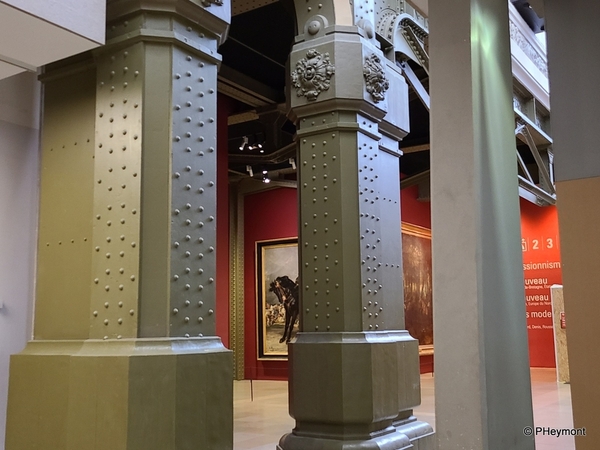
The museum's origin as a railway station is always evident
But even among the familiar bits there can be pleasant surprises. In my visit earlier this fall, I noticed a number of 'unexpected' paintings that don't fall into what we are used to seeing from the painter. To be honest, I can't be sure some of these weren't there before, not noticed by me because I was focused elsewhere. But here are a few:
Berthe Morisot, a personal favorite, is best-known for paintings featuring people in family and domestic settings; can I have 'seen but not seen' this 'Grain Field' before?
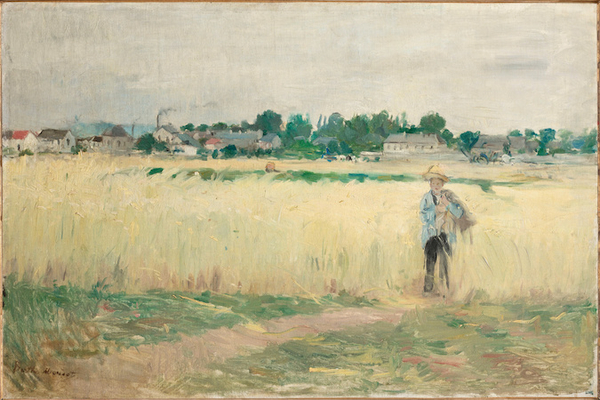
An unusually posed portrait of a Madame Gaudibert by a young Monet.
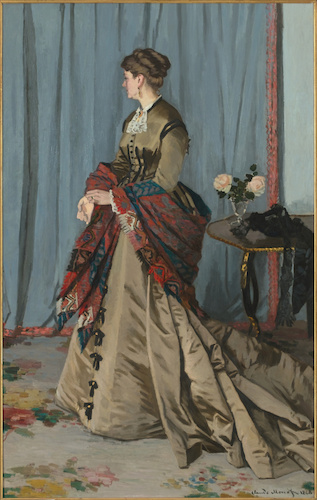
And a truly bizarre work by Degas, painted when he was 29 and entitled 'Scene of War in the Middle Ages.' No actual historical reference, weapons inappropriate to the period, and a composition that shows clothed warriors shooting arrows at dead or fleeing nude women. Years later he exhibited it as 'Misfortune of the City of Orleans,' but that makes no sense either.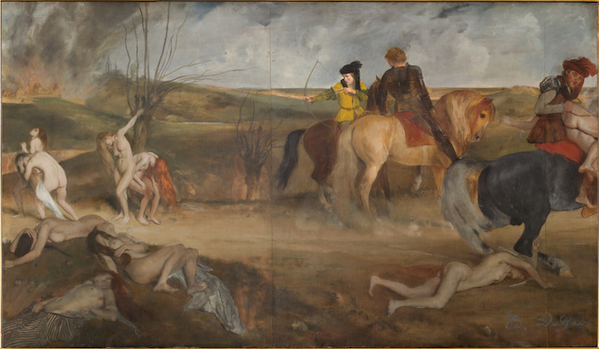
Over the core years of the Impressionist movement, from the late 1860s through the 1880s, there were many friendships and family connections among the Impressionists, and occasional breaking of ties. Their closeness, and sense that they were a force against an 'establishment' view led not only to a lot of collaboration, but also a lot of painting each other and each other's families. This trip, I focused more on that than in the past.
Here we have a portrait by Renoir of the English silk merchant, William Sisley, whose son was the French painter Alfred Sisley. Below it, another Renoir portrait, this one of Monet at age 35.
And Monet's wife Camille in contemplation, by Monet; below it, Berthe Morisot plays with a fan in a painting by her brother-in-law, Edouard Manet.
While Degas was creating his many paintings of the ballet girls of the Paris Opera, he became friendly with a number of the musicians in the opera orchestra. Jean-Louise Pilet, a cellist was among them. He painted several others as well.
But back to the fifth floor and the elevation of the Neo-Impressionists. Seurat has always been there, a little, because his origin puts him closest to Impressionism at the start. But the works on display now stand in stark contrast to Seurat's pastoral 'Sunday Afternoon on La Grande Jatte.' Signac's 'The Demolition Worker' shows a monumental power that might almost be a political poster.
On the same wall, there are two big works by Maximilien Luce, a long-time favorite of mine. Perhaps the most political of the group, an active anarchist, he often painted scenes of workers and resistance. Here, 'The Pile Drivers' and the powerful 'A Street in Paris, May 1871' referring to the brutal suppression of the Paris Commune in a 'Week of Blood.' Painted thirty years after the event, it had a shock value then, and made some of my fellow-visitors uncomfortable today.
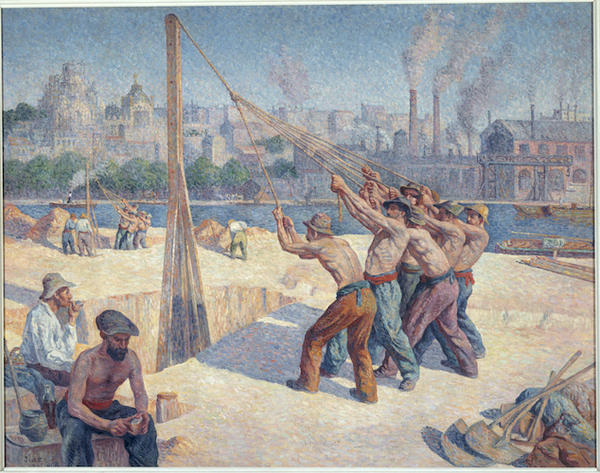
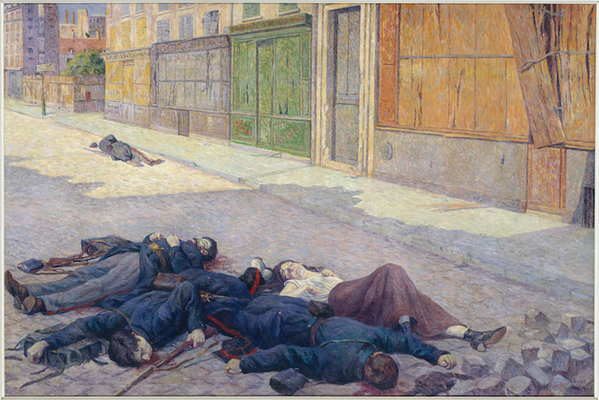
Painting and sculpture, of course, are not all the art of the 19th century; architecture has its place as well. The museum's building itself was widely admired when it was built as a station in the 1880s. Among the current displays, a detailed cut-away model of Charles Garnier's Paris Opera.
And a three-floor exhibit looks at the Art Nouveau movement that centered itself on the same artistic developments that were influencing the other arts in the late 19th and early 20th centuries. My bonus for the day was a reminder that Frank Lloyd Wright, whom we most often think of in terms of architecture, was a key figure of the movement in other forms as well.
It's not that I don't go to museums I haven't been to, of course, but, as I said in the beginning, I return to museums over and over because they and I are constantly changing. I'll be back!

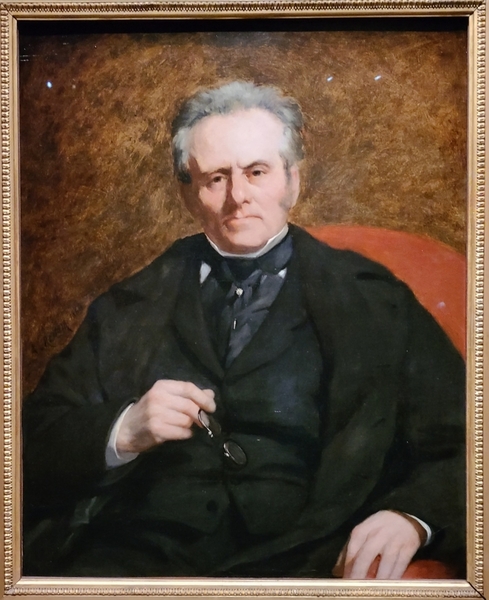
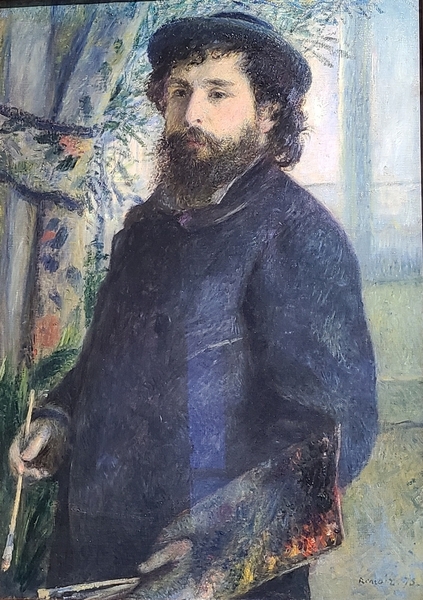
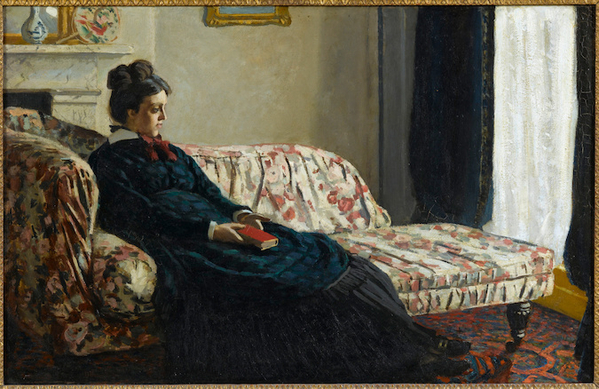
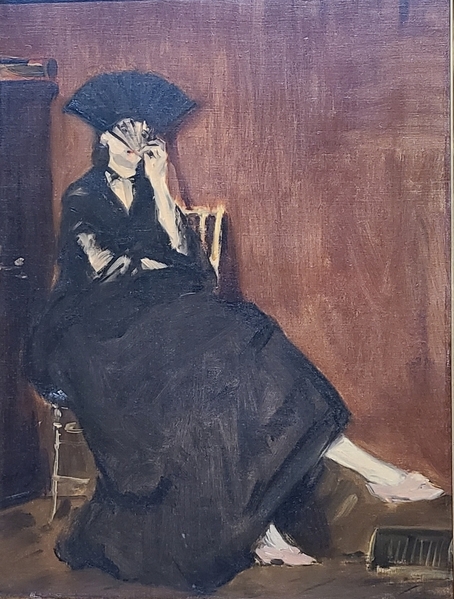
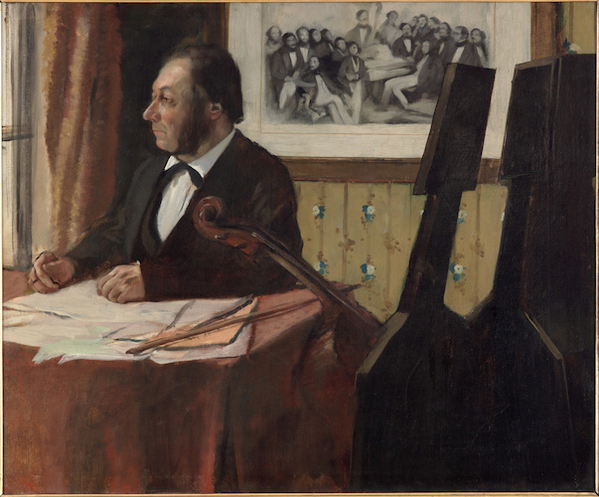
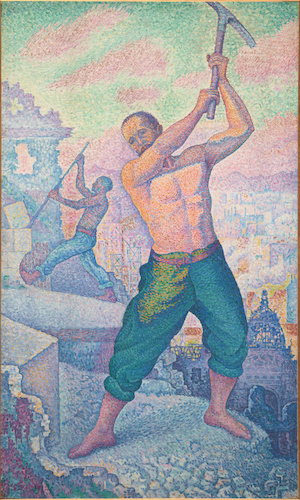
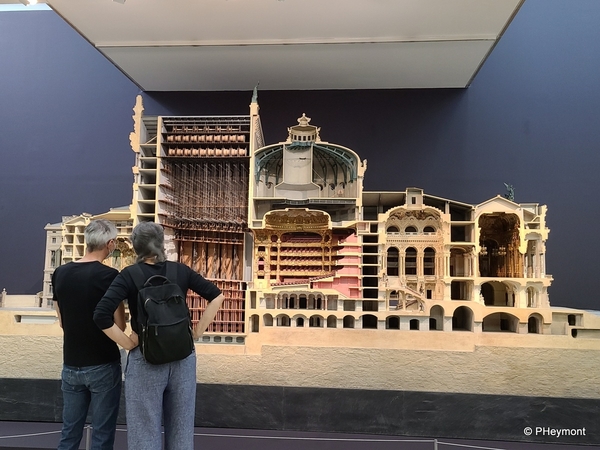
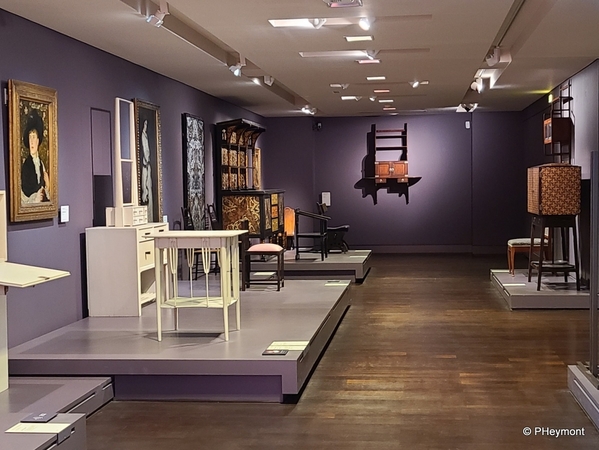
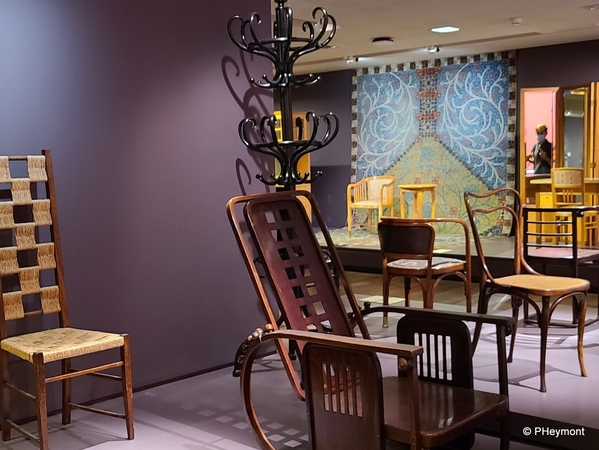





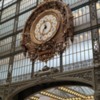





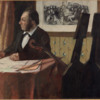
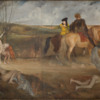
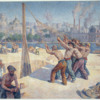
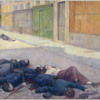
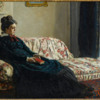

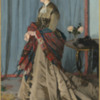

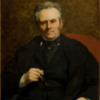
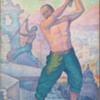
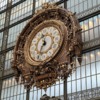
Comments (0)